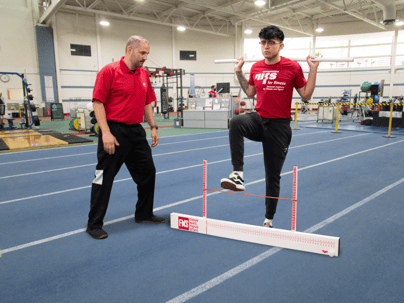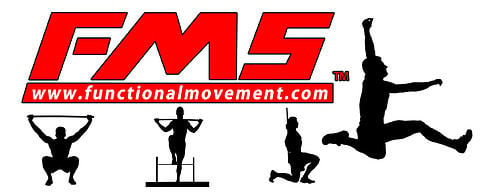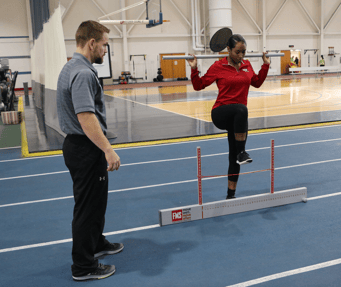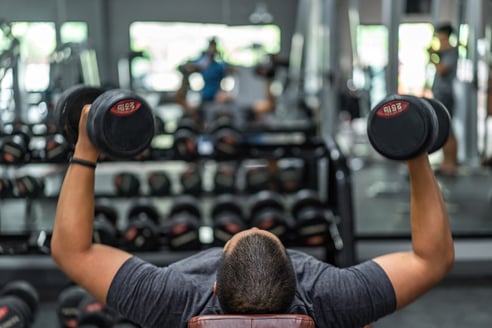 Let’s face it: building your own workouts isn’t always the easiest thing to do. Sure, you probably strike gold a few times a year and the exercises you choose seem to be flawless, from the balance of muscle groups worked to the flow of the routine that you get into. There is nothing better than having that program that just seems to get the job done.
Let’s face it: building your own workouts isn’t always the easiest thing to do. Sure, you probably strike gold a few times a year and the exercises you choose seem to be flawless, from the balance of muscle groups worked to the flow of the routine that you get into. There is nothing better than having that program that just seems to get the job done.
What Workout Program Should You Use When You’ve Taken Time Off from Training?
But let’s say that life happens and you took an extended time off from training due to school, work, or some other important reason (pandemic maybe?). So what now? Where do you go from here? The go-to for many individuals would be to jump right back into the same program they were doing before their long layoff. It worked great for them before their break, so it must be the best way to resume activity, right? More than likely, this might not be the most ideal situation to set yourself up for future success. When your body has become detrained from a long layoff, you run the risk of overtraining—which could possibly lead to those nagging injuries that linger throughout your rebuild process.
Find a Program That Balances Pushing and Pulling
To me, a GREAT training program is a delicate balance of “pushing” and “pulling” exercises. The general consensus of the “push-pull” method is that you alternate (or superset) upper-body push movements (for example, bench press, shoulder press) with upper-body pull movements (for example, bent-over rows, pull-ups). Even the great Arnold Schwarzenegger used this method to pack on loads of muscle when he was at the apex of bodybuilding. Now, are you Arnold? No. Are you trying to look like Arnold? Also no (more than likely). Below you will find another interpretation of the “Push-Pull” method that may better fit those who are restarting their exercise routine, or those who are looking to switch up their programming.
Benefits of Full-Body Workouts
As I mentioned before, the push-pull method often refers to two upper-body exercises from opposite muscle groups (for example, chest and back). The superior version (in my opinion) of this would be to couple either an upper-body push exercise with a lower-body pull exercise, or an upper-body pull exercise with a lower-body push exercise (see table below). This type of full-body workout allows for two main benefits:
- Ample rest time is allowed: While the upper body works, the lower body rests (and vice versa).
- There is potential for reduced soreness: Instead of hammering one muscle group for a ton of exercises, a more gradual stress is applied to the muscles over multiple workouts. It could also be a great option for returning to exercise or resistance training.
Movement Examples
If you think this type of workout might be what you are looking for, give it a shot. Choose one exercise from column 1 and one exercise from column 2. Alternate those two exercises for the desired number of reps and sets. When finished, either choose one exercise from the same two columns OR switch it up and choose one exercise from column 3 and one exercise from column 4. Remember, the ultimate goal is to match each push movement you perform with an opposite pulling motion.
| Column 1 | Column 2 | Column 3 | Column 4 |
|
Upper-body Push (chest/ |
Lower-body Pull (hips/ |
Upper-body Pull (back) |
Lower-body Push (quads) |
|
Bench Press |
Trap Bar Deadlift |
Pull-Ups |
Front Squat |
|
Strict Shoulder Press |
Slider Hamstring Curl |
TRX Inverted Row |
Step-ups |
|
Half-kneeling Shoulder Press |
Single-leg RDL |
Band Face Pull |
Lunges |
|
Push-up Variations |
Lateral Lunge |
Seated Row |
Split Squat |
|
“Jammer” Press |
Reverse Hyper |
Dumbbell Reverse Fly |
Wall Sit |
Adjust Your Program Periodically
As with most workout structures, adding wrinkles into the program every so often will allow you to continue the muscular adaptations that are occurring and keep you engaged. That could mean an adjustment to the number of reps, sets, or rest periods you are currently using, or simply choosing different exercises. The ways that you can tweak this kind of program are endless, and I believe that with great effort, you will see positive changes in whatever physical adaptation or change you are after.
This blog was written by Alex Soller, Athletic Performance Coach and NIFS trainer. To find out more about the NIFS bloggers, click here.


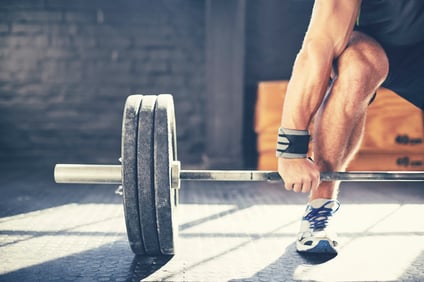 With the sport of powerlifting taking off in the last couple of years, more and more people are taking up the sport as a hobby and to improve their overall fitness levels. Training to improve strength in the squat, bench, and deadlift is a great way to improve total body strength and improve body composition.
With the sport of powerlifting taking off in the last couple of years, more and more people are taking up the sport as a hobby and to improve their overall fitness levels. Training to improve strength in the squat, bench, and deadlift is a great way to improve total body strength and improve body composition. 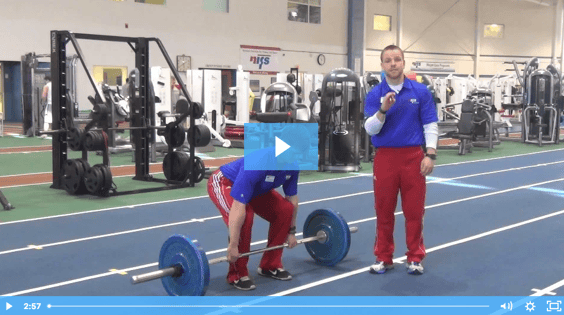
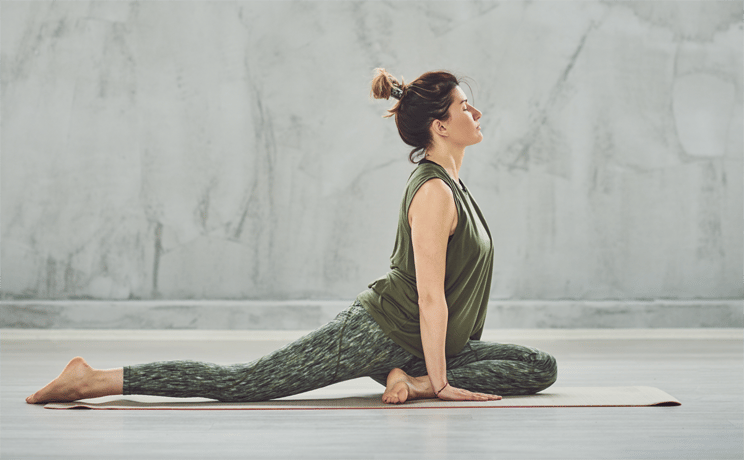 Whether you’re a competitive athlete, a weekend warrior, or the casual gym-goer, addressing mobility concerns can go a long way toward performance enhancement and injury prevention. If a joint is unable to move through a complete range of motion unloaded, then it’s going to be “bad news bears” when it comes to putting that same joint under any external load. Eventually, limited mobility could lead to muscular imbalances and compensation patterns, which could ultimately lead to the onset of injury. In other words, you can’t look to build strength on top of dysfunction.
Whether you’re a competitive athlete, a weekend warrior, or the casual gym-goer, addressing mobility concerns can go a long way toward performance enhancement and injury prevention. If a joint is unable to move through a complete range of motion unloaded, then it’s going to be “bad news bears” when it comes to putting that same joint under any external load. Eventually, limited mobility could lead to muscular imbalances and compensation patterns, which could ultimately lead to the onset of injury. In other words, you can’t look to build strength on top of dysfunction. 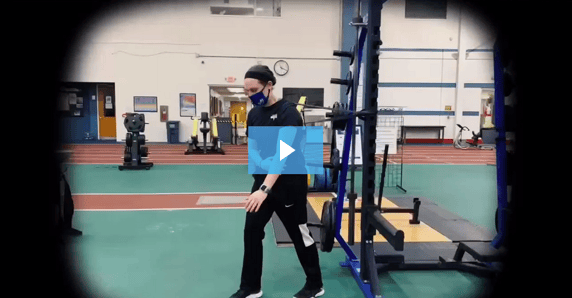
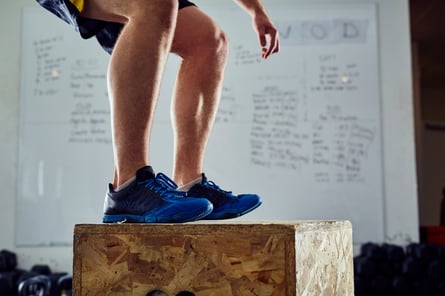 As an athlete there is no substitute for the ability to produce power and be explosive during your sport. From competitive weightlifters and NFL-caliber football players to distance runners, producing (and absorbing) high impacts is crucial for succeeding in your sport as well as staying healthy throughout your competition season. Are you incorporating any of these exercises into your current program?
As an athlete there is no substitute for the ability to produce power and be explosive during your sport. From competitive weightlifters and NFL-caliber football players to distance runners, producing (and absorbing) high impacts is crucial for succeeding in your sport as well as staying healthy throughout your competition season. Are you incorporating any of these exercises into your current program? Recently I heard someone say something along the lines of, “That sixth-grade basketball player is ranked #1 in the country.” That got me thinking: How in the world are we ranking sixth-graders? They haven’t even gone through puberty yet!
Recently I heard someone say something along the lines of, “That sixth-grade basketball player is ranked #1 in the country.” That got me thinking: How in the world are we ranking sixth-graders? They haven’t even gone through puberty yet! 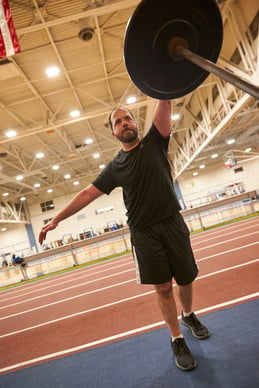 In my experience over the years working with folks from all walks of life to help improve their strength, mobility, performance, and overall fitness I have found that so many suffer from immobility in two major joints: the ankle and the shoulder, which is the focus of this piece. Lifestyle, occupation, inactivity, and overtraining are all culprits robbing so many of healthy range of motion in the shoulder and shoulder girdle.
In my experience over the years working with folks from all walks of life to help improve their strength, mobility, performance, and overall fitness I have found that so many suffer from immobility in two major joints: the ankle and the shoulder, which is the focus of this piece. Lifestyle, occupation, inactivity, and overtraining are all culprits robbing so many of healthy range of motion in the shoulder and shoulder girdle. 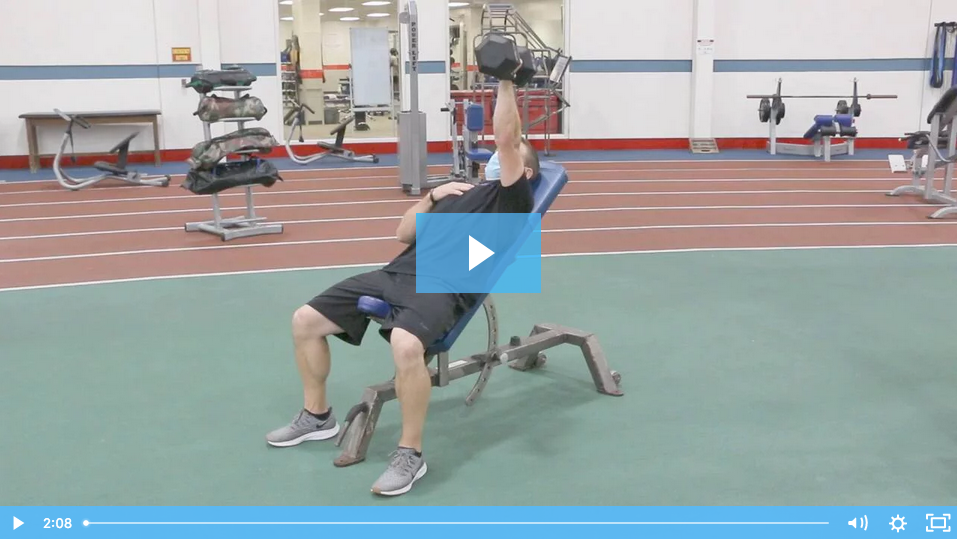
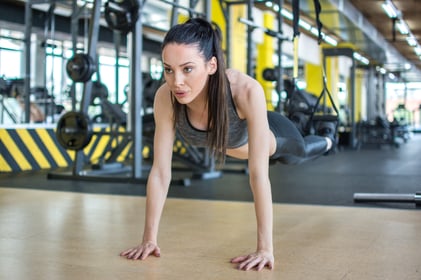 The uncertainty of the last few months has taken a toll both mentally and physically on everyone. Many people did not have access to gyms and instead did at-home bodyweight workouts or
The uncertainty of the last few months has taken a toll both mentally and physically on everyone. Many people did not have access to gyms and instead did at-home bodyweight workouts or 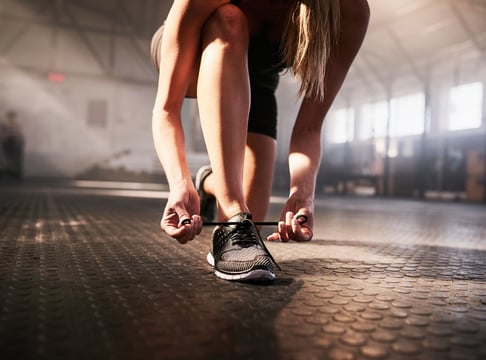 Do you remember the last time you went on an extended vacation, came back home, jumped into the gym and your favorite class and thought you could pick right back up where you left off? You might remember feeling like you were not going to make it through the class and were so sore for days on end. And that was just after a vacation consisting of a long rest, relaxation, and food freedom. Just think what you may encounter once you return to your favorite class or training group after two to three months of quarantine.
Do you remember the last time you went on an extended vacation, came back home, jumped into the gym and your favorite class and thought you could pick right back up where you left off? You might remember feeling like you were not going to make it through the class and were so sore for days on end. And that was just after a vacation consisting of a long rest, relaxation, and food freedom. Just think what you may encounter once you return to your favorite class or training group after two to three months of quarantine. 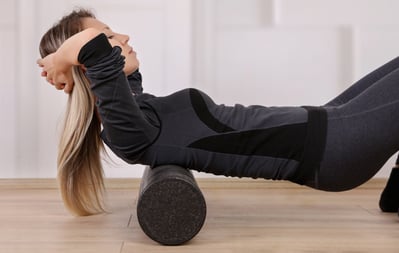 A common nuisance to almost all fitness enthusiasts is the overall lethargic feeling you get from being extremely sore due to a challenging workout. Sometimes this is a deterrent to those looking to develop a consistent workout pattern, and can be especially bothersome if you haven't experienced this phenomenon before.
A common nuisance to almost all fitness enthusiasts is the overall lethargic feeling you get from being extremely sore due to a challenging workout. Sometimes this is a deterrent to those looking to develop a consistent workout pattern, and can be especially bothersome if you haven't experienced this phenomenon before.